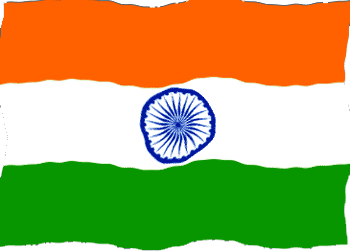Supreme Court came into being on January 28, 1950. The inauguration took place in the Chamber of Princes in the Parliament building. The Chamber of Princes had earlier been the seat of the Federal Court of India for 12 years, between 1937 and 1950, and was the seat of the Supreme Court until the Supreme Court acquired its present premises in 1958. After its inauguration on January 28, 1950, the Supreme Court started its sittings in the Chamber of Princes in the Parliament House.
Composition of the Supreme Court of India
The original Constitution of India in 1950 supplied the Supreme Court with a Chief Justice and 7 lower-ranking Judges leaving it to Parliament to increase this number. In the past, a full bench of the Supreme Court sat together to hear the cases presented before them. As the work of the Court increased and cases began to compile, Parliament increased the number of Judges from 8 in 1950 to 11 in 1956, 14 in 1960, 18 in 1978 and 26 in 1986. As the number of the Judges has increased, they sit in smaller Benches of two and three coming together in larger Benches of 5 and more only when required to do so or to settle a difference of opinion or controversy. Any bench may refer the case up to a larger bench if the need arises.
The Supreme Court of India comprises the Chief Justice of India and not more than 25 other Judges appointed by the President of India. However, the President must appoint judges in consultation with the Supreme Court and appointments are made on the basis of experience and seniority and not on political pressure. A Supreme Court Judge retires after attaining the age of 65 years.
In order to be appointed as a Judge of the Supreme Court, a person must be a citizen of India and must have been, for at least five years, been a Judge of High Court or of two or more such Courts incontinuation, or he must be an Advocate of a High Court or of two or more such Courts in succession for at least 10 years, or the person must be, in the opinion of the President, a Renowned Legal Expert . The Supreme Court has always maintained a wide regional representation. It also has had a good number of Judges belonging to different religious and ethnic minorities. The first woman to be appointed to the Supreme Court was Justice Fatima Beevi in 1987. She was later succeded by Justices Sujata Manohar and Ruma Pal. The first Dalit to become a judge was Justice K.G. Balakrishnan in 2000. He also became the Chief Justice of India in 2007. Justice B.P.Jeevan Reddy was so intellectual that he was appointed as the Chairman of the Law Commission of India even though he was not the chief justice of India.
Subscribe to:
Post Comments (Atom)



0 comments:
Post a Comment